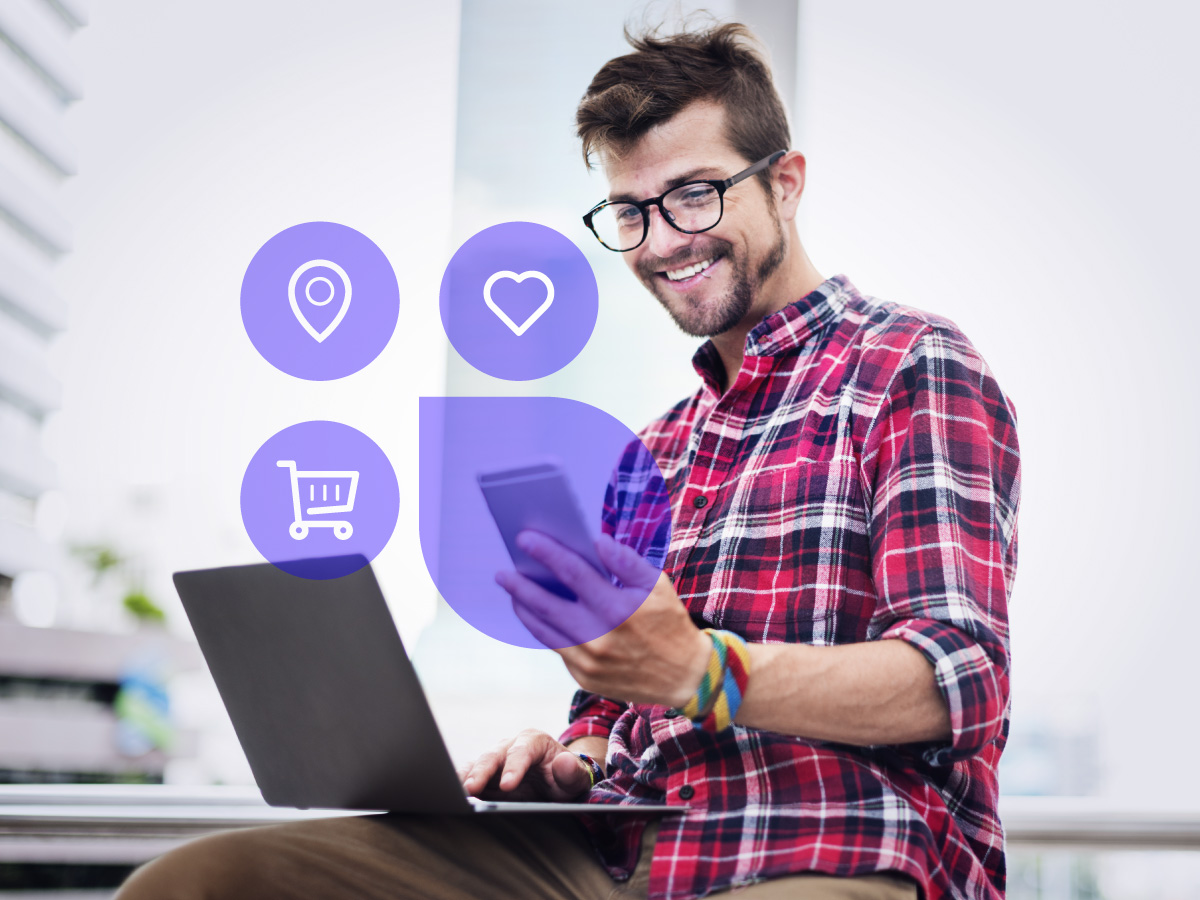

The average American can be exposed to 4,000 to 10,000 ads every day, according to experts. As more channels and touchpoints emerge, brands are facing their greatest challenge yet in standing out from others, in capturing the attention of prospects, and in converting them into customers. While many advertisements may struggle to break through to the consumer, a well-placed ad calling attention to a restaurant deal at lunch time can catch the attention of a hungry consumer.
There are more options than ever in a marketer’s toolkit, yet they all revolve around the same objective: delivering the right message, to the right consumer, at the right time. Ten years ago, the ability to meet this objective differentiated the successful advertisers, as the investment was cost-prohibitive for many. These days, technology and data have made this strategy more accessible, and personalization is no longer a differentiator. It is now table stakes.
Personalization is a customer-centric strategy that combines data with intelligence to create and deliver tailored experiences to drive engagement. From the devices we use, the websites we frequent, and the commercials we watch, personalization has established itself as part of the world we live in. Brands like Amazon, Netflix, and Spotify immerse us in hyper-personalized experiences, elevating expectations: customers expect useful messages, offers, and product recommendations that make them want to engage. The risk of neglecting a personalization strategy is clear:
The need for personalization has never been greater, as the ongoing pandemic is rapidly shifting consumer priorities and mindsets. The capacity to go beyond product recommendations, and to craft messaging that speaks to the unique needs of each consumer, is the degree of personalization that drives conversion, share of wallet, and share of heart.
So where do you begin? Every successful personalization strategy places people at the center, then leverages technology, analytics, and data to make smart decisions. Personalization isn’t an all-or-nothing endeavor, it’s a spectrum. The most rudimentary personalization in the past was based on demographics, but now with powerful data and platforms, brands can better meet the preferences of consumers who increasingly demand relevance.
Where does your brand fall on the personalization spectrum?
No matter where you fall on the spectrum, it starts with putting the “person” in personalization – understanding the attitudes, motivations, and behaviors of your customers and devising more relevant experiences and messages that will further your engagement with them.
Today’s top insights teams are poised to help marketers uncover the needs of these customers, whether it be through conducting a segmentation or evaluating how creative resonates with distinct consumer groups to maximize return on ad spend.
You must be logged in to post a comment.